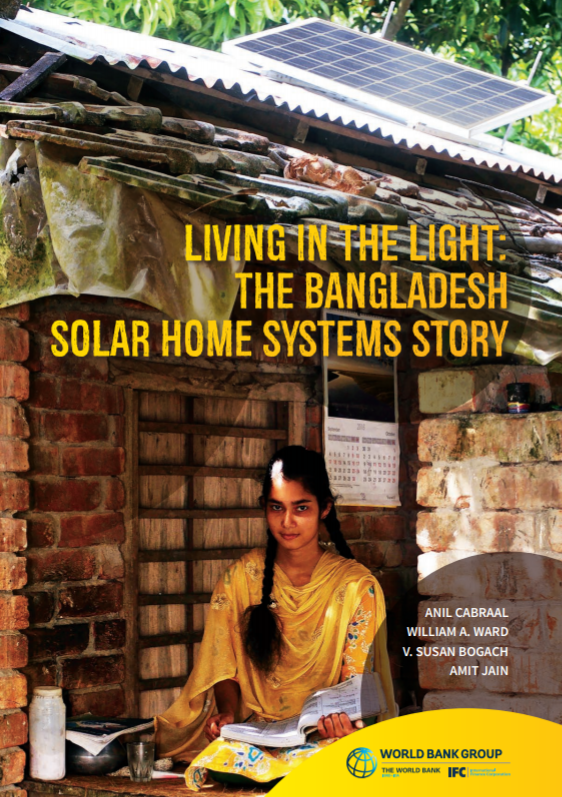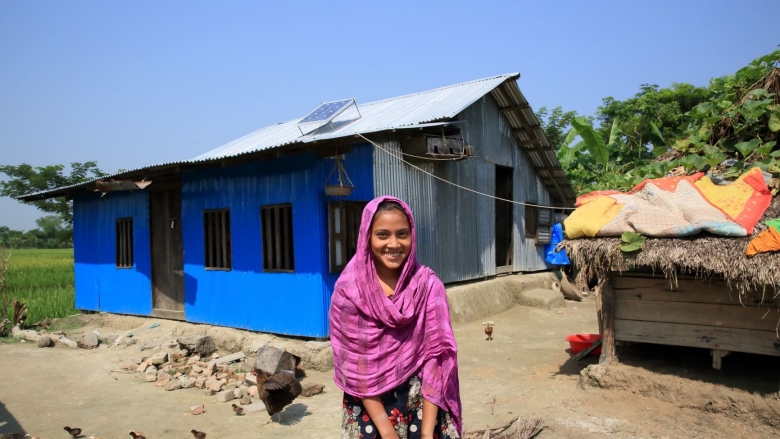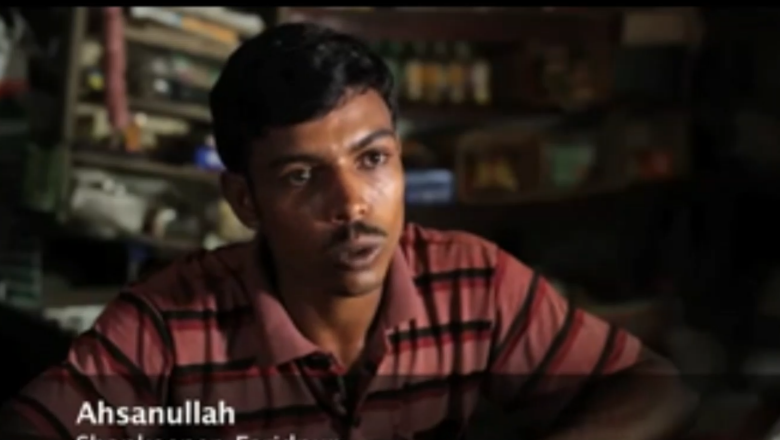
By 2018, the SHS program had sold over 4.1 million units, bringing electricity services to about 20 million people. In 2013, sales peaked at 816,000 when 16 percent of the rural population was obtaining electricity through SHS. Today, Bangladesh has achieved near-universal access to electricity.
The SHS program’s scale ended up establishing one of the largest and most successful off-grid electricity access programs globally. It grew in parallel with rural aspirations and increased demand for quality lighting and communications services when grid access faltered, and power cuts became frequent.
The program also made economic sense – SHS households financially gained $745 million, the government gained $474 million from taxes on SHS products and avoided kerosene subsidies. The SHS dealers and IDCOL also gained $310 and $379 million in net financial benefits, respectively. (These estimates are on a net present value basis in 2018 US dollar discounted at 10%.)


